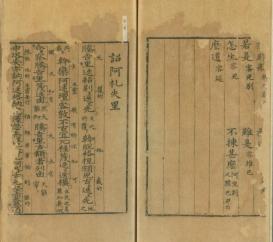The founder of the Ming dynasty in China, Zhu Yuanzhang (1328-98), and his successors used translations and inter-cultural correspondences (or equivalences) developed under the Mongol empire to tell the story of the Great Ming’s rise in ways understandable and compelling to a wide variety of audiences in an age and region still deeply shaped by the Mongol empire. When communicating with foreign courts and regional leaders, the Ming court translated key terms and titles not only to transmit information but also to maximize legitimacy and charisma in local political idioms. The Ming court strove to make its rulership claims comprehensible and persuasive to neighbors near and far by insinuating itself into a well-established Chinggisid rhetorical structure that spanned much of Eurasia.
The Ming court’s translation projects matter for three reasons. First, such translation efforts remind us that the Ming court was determined to influence its neighbors’ perceptions and behavior; it was not isolationist as is sometimes claimed. Second, translation offers a telling example of the Ming court’s appropriation of the Mongols’ institutional legacy. Despite occasional xenophobic rhetoric about complete rejection of foreign barbarity, the early Ming court exploited the Mongol legacy to advance its own interests. Third, and most broadly, attention to translation projects provides an opportunity to more accurately assess the Ming court’s engagement with eastern Eurasia through a comparative perspective with its immediate predecessor and successor, that is, the Mongol Yuan and Manchu Qing ruling houses.

